5 questions you need to ask yourself when building a smart home
You want to answer to these questions first before you start picking out smart home devices

Transforming your house or apartment into a smart home can be a fun and rewarding project but it can also be a real headache if you don’t approach things the right way. From devices that aren’t compatible with one another to poor Wi-Fi slowing everything down, there are plenty of issues you can encounter along the way.
Fortunately though, with the right planning and by taking certain things into consideration ahead of time, you can go from a boring old home to a smart home you can control with your phone or your voice really easily.
When it comes to outfitting your space with the best smart home devices, there are a few key questions you’re going to want to answer first. That way, you won’t run into any hiccups or major issues once you’ve committed to upgrading to a smart home.
Here are 5 questions you need to consider before you start adding things to your cart as they’ll make the whole process of planning out the layout for your new smart home a whole lot easier.
Verizon Home Device Protect: Building a smart home isn't just about where the devices will go but how long they'll last. Verizon Home Device Protect offers free professional setup and installation for Verizon Home Internet customers while protecting the tech in your home, from smart TVs to laptops. It also provides coverage of a second residence and 24/7 tech guidance, in case you're ready to stop being your parents' "computer wiz."
How big is your budget?
Though you can go all out and add smart home devices to every room of your house and even out in the backyard, you can also start small and build out your smart home from there. Your budget and how much you’re willing to spend will play a big role in which approach you decide to take and there are pros and cons to each of them.
The good thing about buying everything at once is that you can set up all of these new devices at the same time and ensure they all work well together. If something doesn’t work as it should or isn’t compatible with your other smart home devices, you’ll have enough time to return it. However, not only is this approach more expensive since you won’t be able to take advantage of any deals, adjusting to living in a smart home may be more difficult for yourself and everyone else in your household.
If you have a limited budget or decide to start small, you can start your smart home transformation off with a single room and then work from there. For instance, you might want to add one of the best smart speakers and a few smart lights to your living room for movie nights. If you like the experience, then you can start thinking about how you want to transform the other rooms in your home.
Get instant access to breaking news, the hottest reviews, great deals and helpful tips.
The decision is up to you but one thing I’ve learned from building out my own smart home is that you want to ensure you have extra room in your budget for additional devices. You never know when one upgrade or another will help tie all of your smart devices together in a way that makes using your smart home a lot easier.
Is your Wi-Fi network smart home ready?

From smart TVs to smartphones, laptops and tablets, chances are you already have a lot of devices vying for bandwidth on your home network. By turning your house into a smart home, you’re going to be adding a lot more connected devices to your network. If your Wi-Fi router isn’t ready or doesn’t have the right range, things can get frustrating real fast.
Remember what I said about having extra room in your budget? Having to upgrade to one of the best Wi-Fi routers or switching to a more expensive plan with faster internet speeds are exactly where this extra budget can come in handy. Newer routers are designed to handle more devices simultaneously and this is especially true if you decide to upgrade to one with Wi-Fi 7 support.
As your smart home can span all the way from the garage to the backyard, you may also want to consider spending slightly more on one of the best mesh Wi-Fi systems. Unlike a traditional router, a mesh Wi-Fi kit is made up of multiple devices that you place strategically throughout your home. Not only does this give your home network more range, it also helps ensure that there won’t be any Wi-Fi dead zones.
One of the best Wi-Fi extenders might seem like a good idea at first but if you’re turning a large living space into a smart home, you’re going to want to invest in a mesh router from the start.
Which ecosystem is right for you?
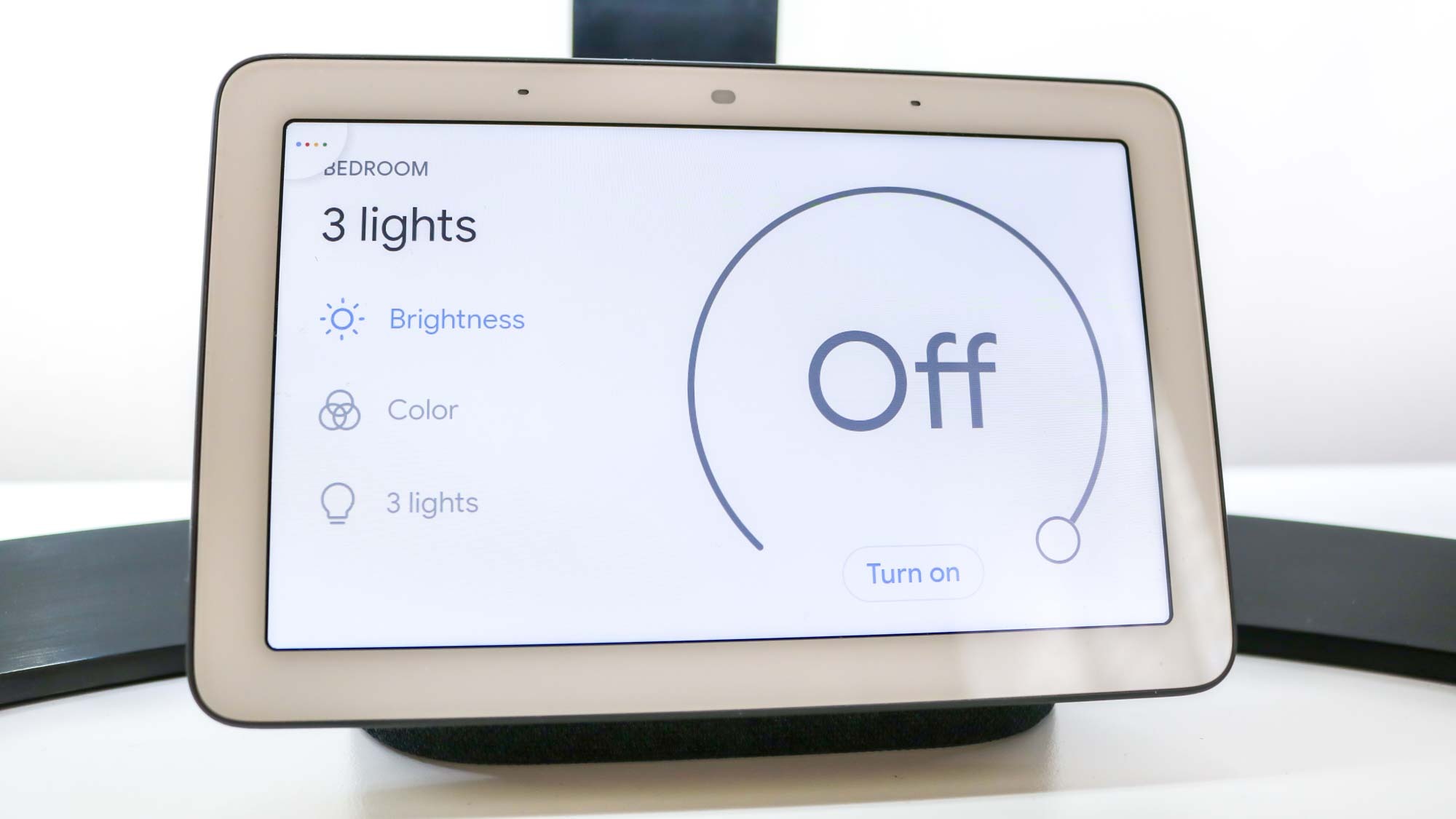
There are thousands of different smart home brands but for the most part, you’ll be using one of three ecosystems to add, configure and control all of your smart devices. If you have an iPhone and other Apple devices, then Apple Home will make the most sense whereas Android users will want to go with Google Home instead. Finally, there’s Alexa which makes sense if you use other Amazon devices or have an active Amazon Prime subscription.
Sure, there are definitely other ecosystems to consider but these three support the most devices overall and are the easiest to get started with. If you live by yourself, this will be an easier decision to make. However, if you have a large household, you’re definitely going to want to take everyone else’s preferred devices into consideration first.
You aren’t stuck with one ecosystem either and you can use Google Home or Apple Home and Alexa at the same time. However, this does make things more complicated and you may have to set up the same device multiple times if you want to use it across smart home ecosystems.
For those who are just getting started with their smart home transformation, I’d suggest sticking with one first and then you can always switch or add another ecosystem once you get the hang of things.
How do you want to control it?
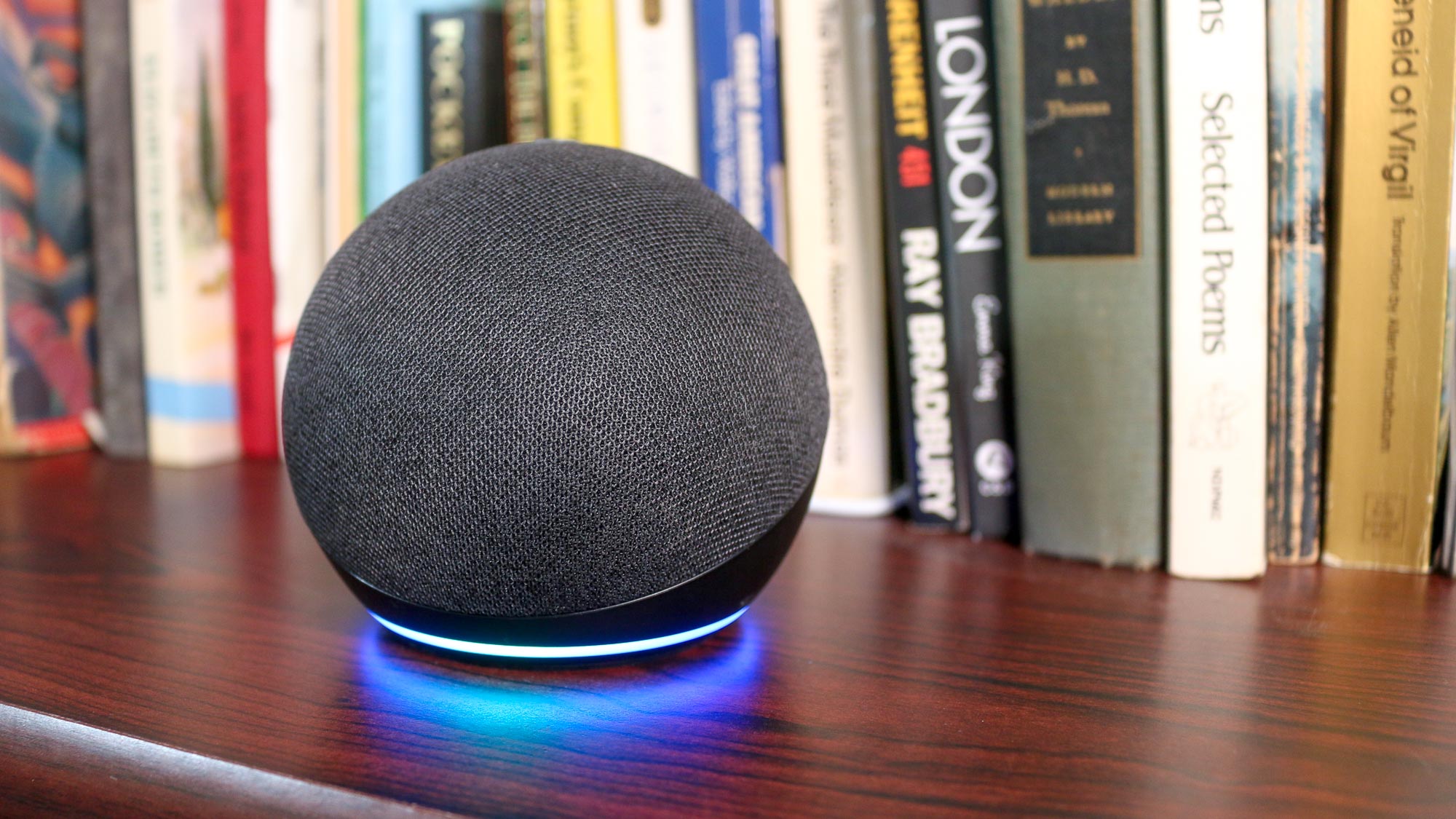
Regardless of which devices you end up adding to your new smart home, you’re going to be able to control them via your phone by default. If you want to use a tablet or even your desktop to control them too, this is something you want to take into consideration when choosing one smart light brand over another for instance.
If you’re trying to limit your screen time or want a hands-free way to control your smart home, then you definitely want to take a look at the best smart speakers, even if you don’t plan on using them to listen to music. While they’re one of the more affordable smart gadgets you can buy, smart speakers are also one of the most useful. From turning off your smart lights from your bed to using automated routines to control several devices at once, smart speakers can often act like the glue that holds your whole smart home together.
Once again, you’re going to need to consider which smart home ecosystem is right for you before you start buying a smart speaker for all of the main areas of your home. Amazon’s Echo smart speakers come in a wide variety of form factors and are often heavily discounted while Apple’s HomePods are known for their excellent audio quality. Meanwhile, Google’s Nest smart speakers are great for getting answers to the sorts of questions you’d normally type into your browser.
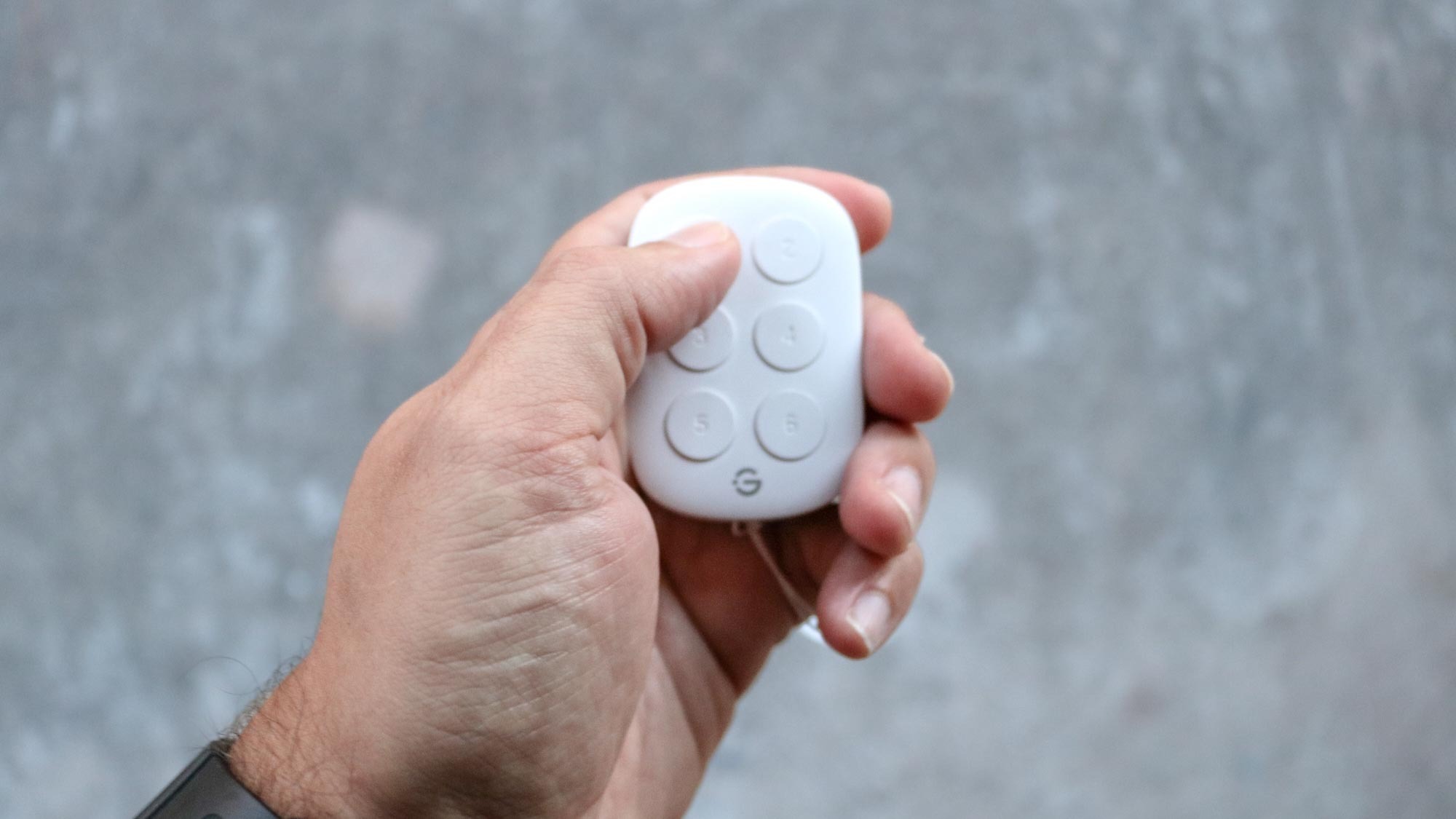
Besides your phone or a smart speaker, some smart home brands also offer physical controllers that let you turn your smart devices on and off. These are great for those who prefer being able to press a button but they also can be useful for guests or younger children.
Just like with everything else smart home-related, you can absolutely use a single control method or combine multiple ones to fit your needs and lifestyle. It’s really up to you and you might find that while one method worked for a while, it doesn’t anymore. Being flexible will certainly help you adjust to the smart home lifestyle.
Do you want hardwired or wireless devices?
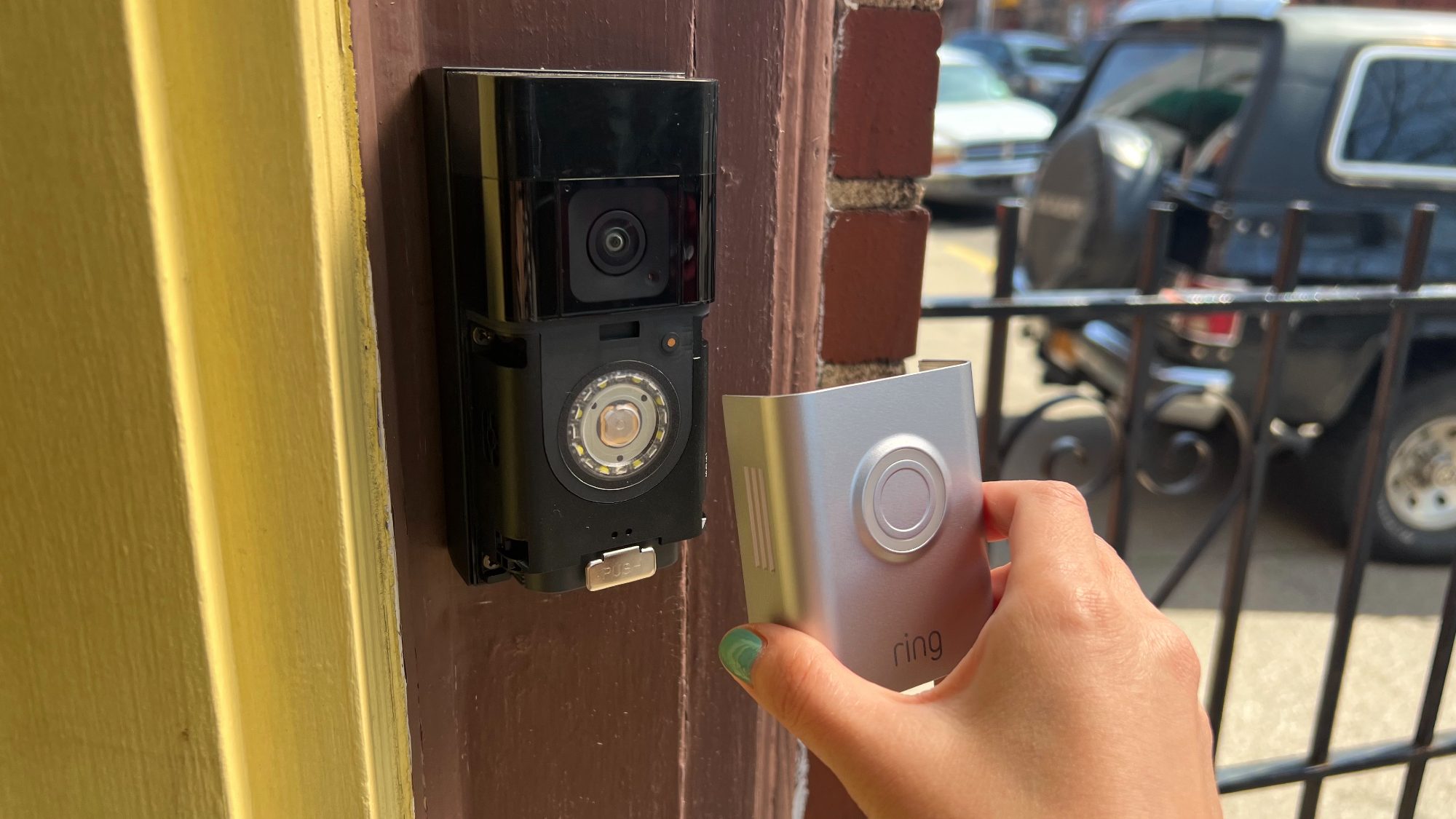
isn’t the case with all of them. It’s easy to find a spare outlet or add one of the best surge protectors to accommodate indoor smart home devices but the same can’t be said for outdoor ones.
For instance, with both the best video doorbells and the best outdoor security cameras, you have the option to get hardwired versions that require a power source or wireless ones that rely on a battery for power. There are upsides and downsides to both though.
If you go with battery-powered cameras or a doorbell, you’re going to need to take them down to charge periodically. This can get annoying but it can also leave you with blind spots around the exterior of your home. For those that want the freedom of battery-powered smart home devices without the hassle, look into solar-powered ones which typically need to be fully charged once and then a solar panel on top or next to them will top off their battery from there.
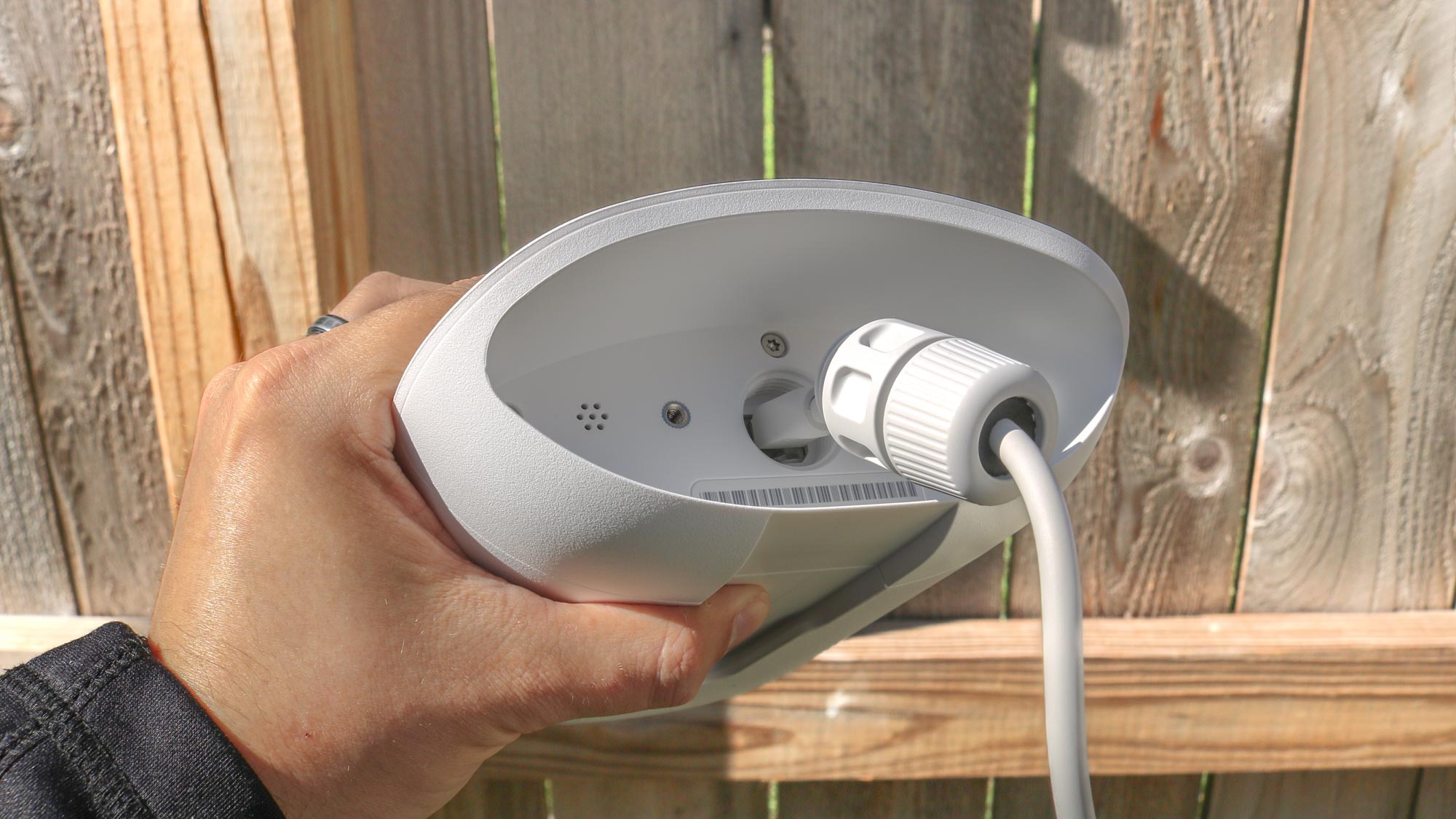
Hardwired devices are either powered like a ceiling lamp using wires inside your wall or they can even get power and send data at the same time using a technology called Power over Ethernet. With the former, you may not have to have an electrician run additional wires but with the latter, chances are you will likely have to go up in your attic and run Ethernet cables to where you want your cameras to go since most homes aren’t pre-wired for internet.
The good thing is that you can mix and match here too with battery-powered devices on the edge of your property and hardwired ones on the exterior of your home. My advice though, start with the interior of your smart home first and then work out to your front yard and backyard.

Anthony Spadafora is the managing editor for security and home office furniture at Tom’s Guide where he covers everything from data breaches to password managers and the best way to cover your whole home or business with Wi-Fi. He also reviews standing desks, office chairs and other home office accessories with a penchant for building desk setups. Before joining the team, Anthony wrote for ITProPortal while living in Korea and later for TechRadar Pro after moving back to the US. Based in Houston, Texas, when he’s not writing Anthony can be found tinkering with PCs and game consoles, managing cables and upgrading his smart home.
You must confirm your public display name before commenting
Please logout and then login again, you will then be prompted to enter your display name.

